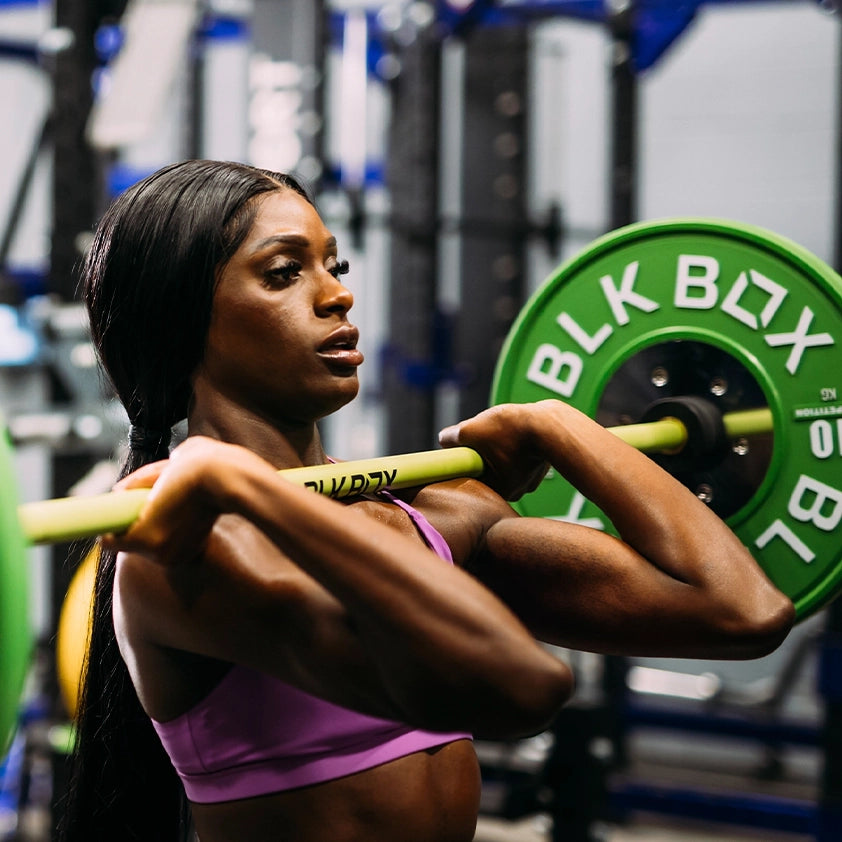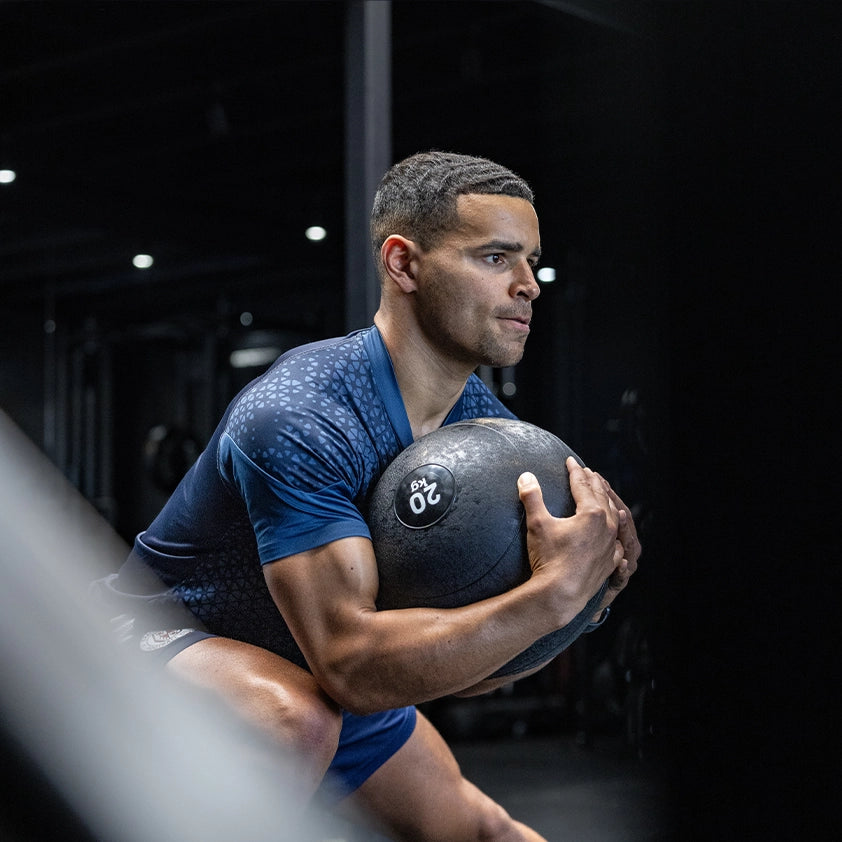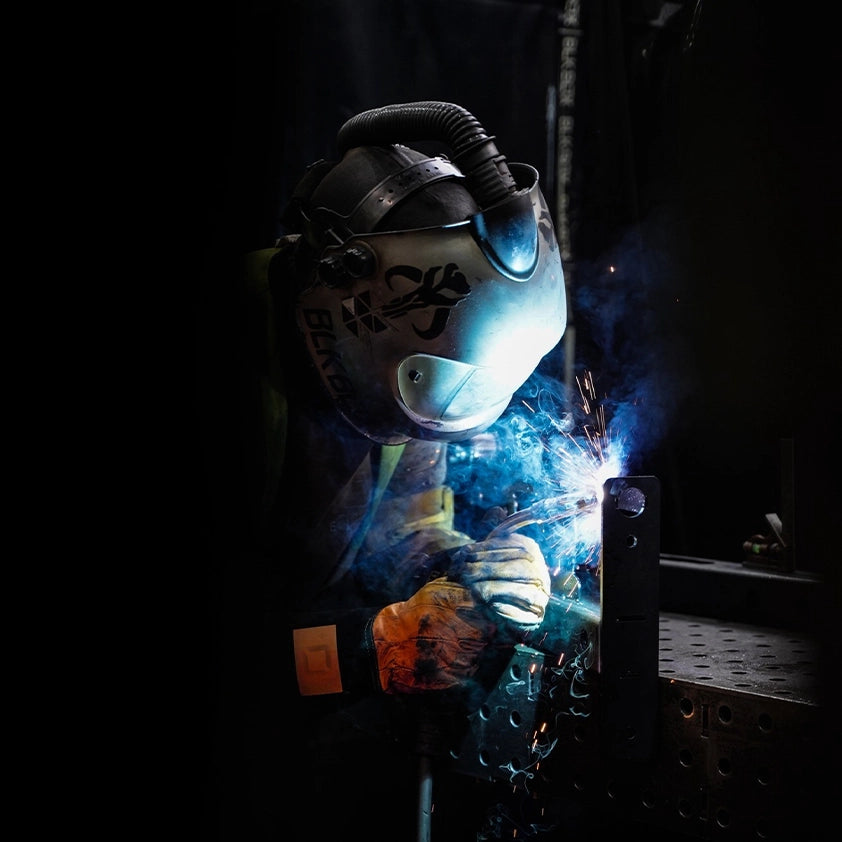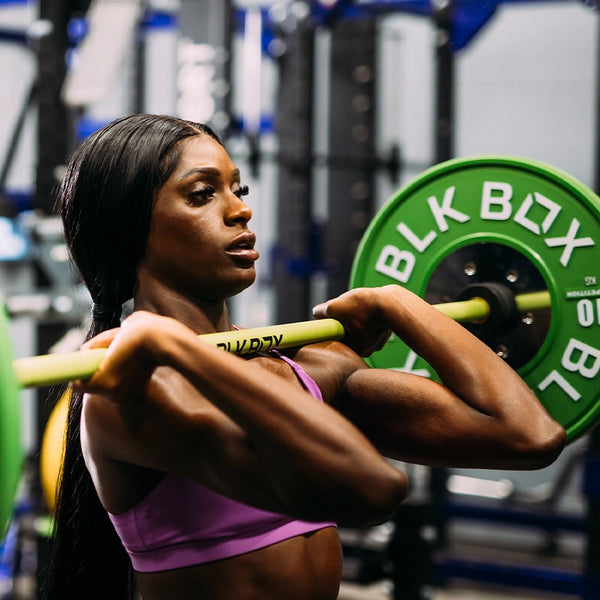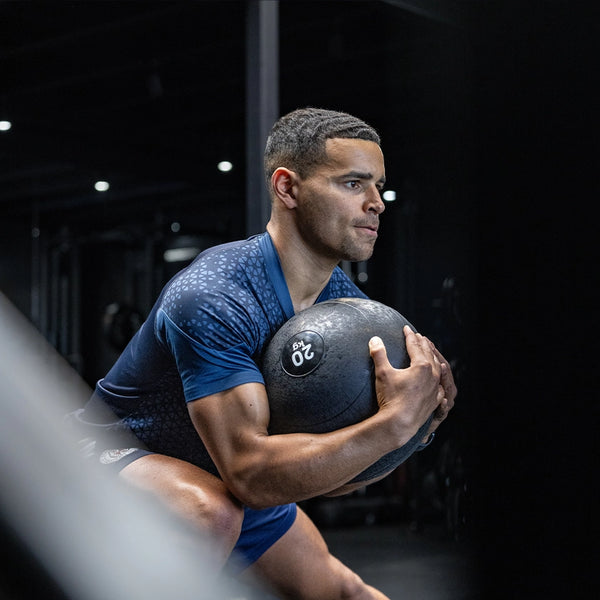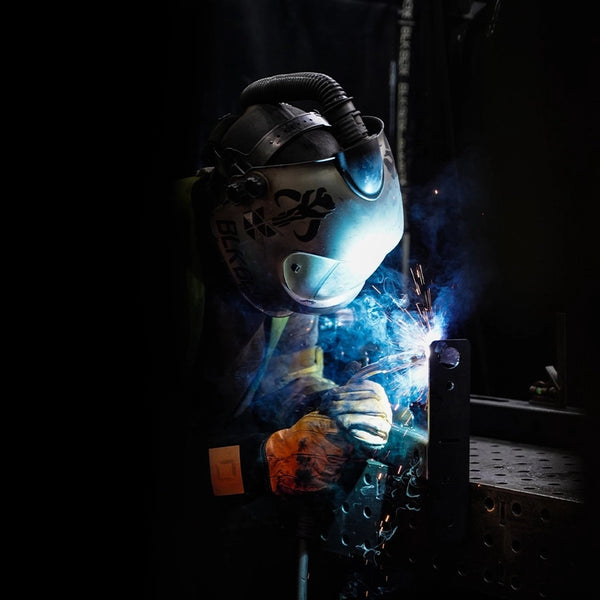Cycling A Moderate To Light Power Snatch
Do you have a sore back from doing 80 or fewer power snatches at 42.5/35kg? If you are well-conditioned and train competitively in CrossFit then arguably, you shouldn't.
So, who am I to tell you how to cycle snatches? Well, I consider myself a snatch specialist in the world of CrossFit anyway, it's one of my better movements and probably my favourite. When I first went to regionals in 2016 I came 8th in the snatch ladder in Europe, one of only 12 athletes to finish it. On 17.3 the Snatch & C2B workout I finished second in Europe and 14th worldwide. Then in 2018 at regionals again in the snatch and burpee workout, I finished 7th. So, I think it's safe to say I'm somewhat ok at snatching and can pass on a bit of knowledge to sharpen up your snatch barbell cycling.
So where do we start. From the starting position of course. Give yourself half a chance from the beginning, pick the bar off the floor with your head looking forward and a flat back. By this, I mean shoulder blades pulled together and head up to keep the upper back tight and the lower back in slight hyperextension to help keep the upper and lower body connected better.
For myself, I like to turn my feet out and also push my knees out slightly to the side when pulling off the floor to make sure my knees don't get in the way which also helps to keep the bar as close to the body as possible. Feet will be roughly around hip-width, whether narrower or wider will vary from person to person but they should stay in the same position throughout the rep and not move in and out. Bear in mind a wider stance will mean less distance travelled but with a narrower stance you can get a little more extension in the pull, which is what I prefer at this weight, because I don't drop under the bar too much. Bear in mind that both on the way up and down the bar should be as close to your centre of gravity as possible.
A key thing to remember is that for every mm the bar is away from your body it gets heavier or at least requires more force to keep it moving. For example, imagine trying to raise a barbell with straight arms, it would be extremely difficult. The same applies here but on a smaller scale. But over many reps this does add up very quickly and usually means you're having to expend more energy to get it from A to B. So taking into account what we just said on the way up, we want contact ideally in the hip crease to help the bar accelerate and keep good speed on the way up without us having to use the upper body to finish the movement off and use more energy. With this contact, it also gives you the feedback that the bar is closer to your centre of gravity than if there isn't any contact. A fast triple extension then follows this contact without the feet moving out but just extending up onto the toes.
Time in the finishing position at full extension is minimal, to begin with in the earlier round and the last set when I was trying to put the foot down to finish as well (set 1). As I get tired you can see the time that I hold the bar overhead increases slightly so I can catch a bigger breath, drop the rep speed and let my heart rate come down a little.
On the descent, it should be pretty much identical on the way down as it was on the way up. The first thing we should be looking to do is turn the elbows over so they are above the bar and can help in driving the bar down to the floor rather than just letting gravity pull it down. But again this may change as you become more tired and want to slow your rep speed down, in which case you wouldn't want to actively turn them elbows over as quick. The other thing again with turning the elbows over quicker is that it also keeps the bar closer to your body on the descent.
As the bar goes down past your waist it should be close it enough that it lightly brushes at some point on your thighs. For myself, it tends to be higher on the thigh the heavier the bar on the way down because I need to control the weight more. But at 42.5kg/30kg you can probably get away with that contact being a little lower and not slowing the descent of the bar quite as much. With the bar being closer and under more control this means you can keep good positioning easier, maintaining better tension through the torso which is the key part in transferring the power from your legs and glutes through to the barbell. Rather than losing tension and letting your lower back, in particular, take a hammering. The bar should then just pass your knees and touch the floor right next to your shins because ideally, they are more or less perpendicular to the floor.
As I get more fatigued form does start to go out the window with me using my head and doing whatever I can to get the bar up, I'm making it harder for myself doing this. Keeping less tension through my back but I'm so tired I'm just doing whatever I can to get the bar up. But at least it's only 16-24 snatches rather than 80. By also doing this I'm using slightly different muscle to what I was using in the earlier rounds as well.
The key thing to remember is that for every mm the bar is away from your centre of gravity the more energy you have to use to get the bar from A to B. This also, in turn, is more likely to put you in poorer positioning meaning you use muscles that aren't as powerful and effective i.e Quads rather than lower back and hamstrings and glutes. In turn making you less efficient and leaving you with a sore back.










